Calendulae officinalis – Marygold Flower
€ 4,00 – € 25,00
- Botanically accurate
- Organic Cultivated
- European Origin
- Without pesticides
Description
Description
Latin name: Calendulae officinalis
Also know as: Marygold, marigold, pot marigold, Calendula , Ruddles, Mary’s gold
Origin: Bulgaria
Supplier-ID: AG-50355Z
Calendulae officinalis – Marygold Flower
Calendula or Marygold (Calendula officinalis) is a flowering plant in the daisy family that has been traditionally used since the 13th century to treat wounds, digestive problems, and menstrual pain. The flower petals can be compounded to prepare oral and topical products for medicinal purposes. Calendula can also be consumed as tea. Calendula petals contain flavonoids, compounds which possess antioxidant and anti-inflammatory properties that protect cells from being damaged by radicals, or unstable molecules. Therefore, it is thought that calendula can fight inflammation. Additionally, calendula is often used to help wounds heal by promoting blood flow to the area. Calendula should not be confused with the marigold plant, a different orange flower often grown in gardens, which is part of the genus Tagetes.
Traditional Uses
Calendula florets are edible. They are often used to add color to salads or added to dishes as a garnish in lieu of saffron. While the leaves are also edible, they are generally not considered palatable, though historically they have been incorporated into potherb and salads. Additionally, the plant is utilized for making tea.
Flowers were used in ancient Greek, Roman, Middle Eastern, and Indian cultures as a medicinal herb, as well as a dye for fabrics, foods, and cosmetics. Many of these uses persist today. They are also used to make an oil that is widely used in skin products.
Additional Info
Additional information
| Weight | N/A |
|---|
Reviews (0)
You must be logged in to post a review.

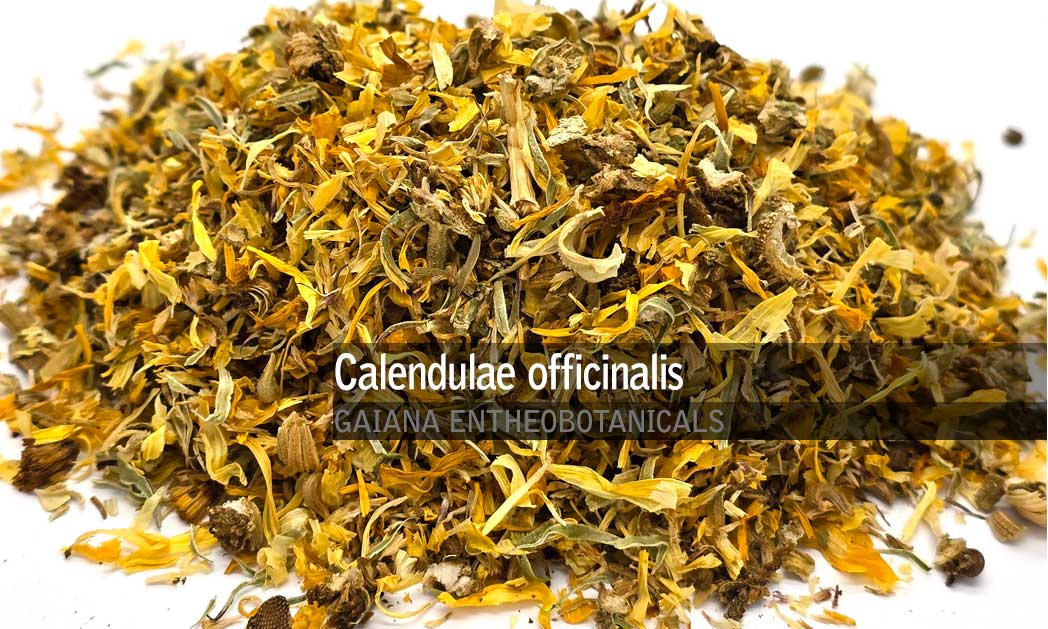
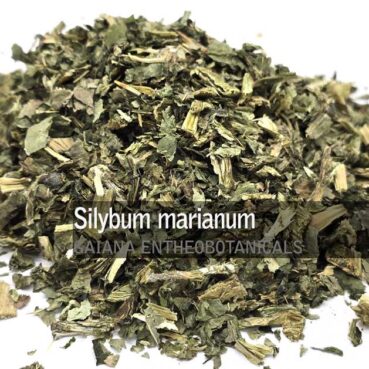


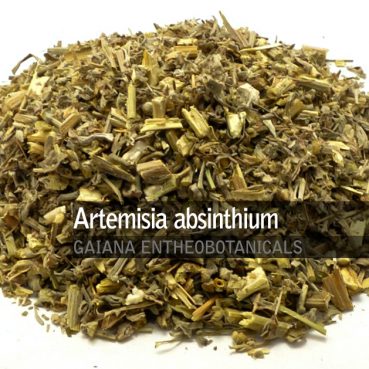
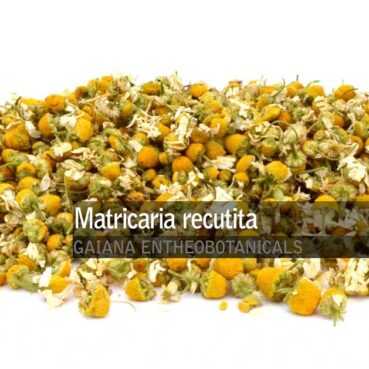
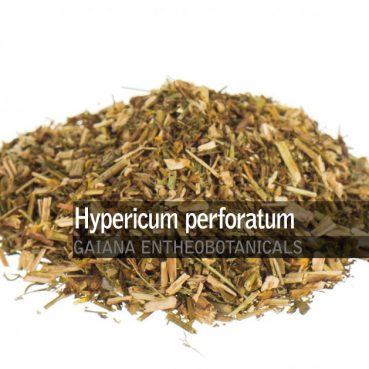
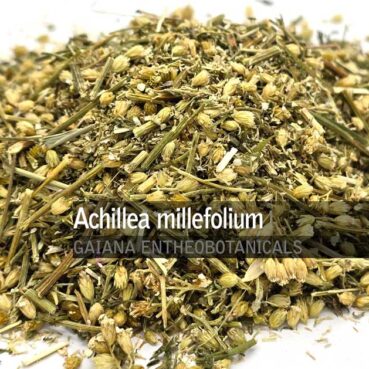
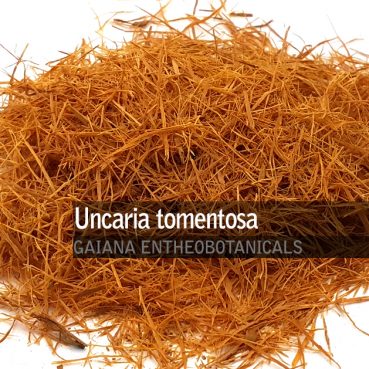




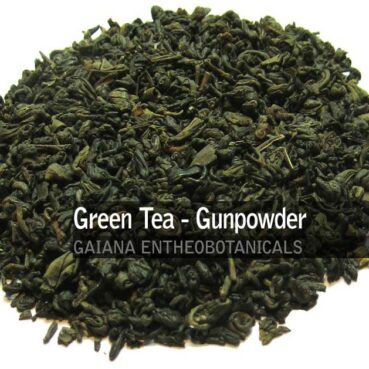
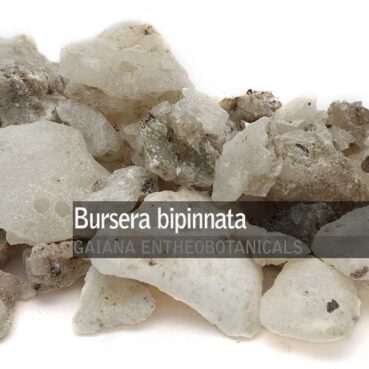

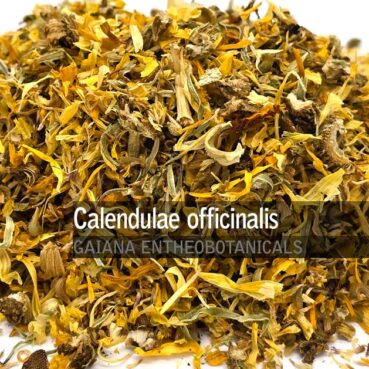
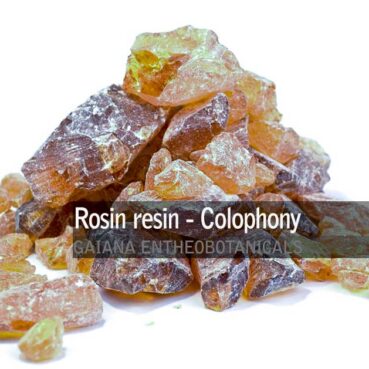
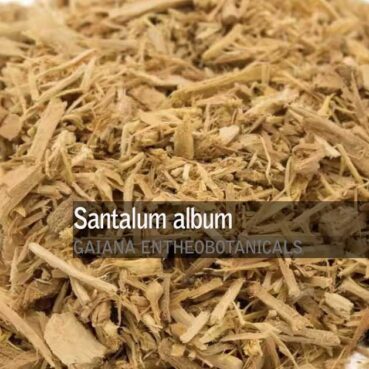


 Red Thai
Red Thai Bursera graveolens -Palo Santo-
Bursera graveolens -Palo Santo-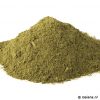 Pontianak Red Horn
Pontianak Red Horn Kratom 500gr Pack
Kratom 500gr Pack
Reviews
There are no reviews yet.